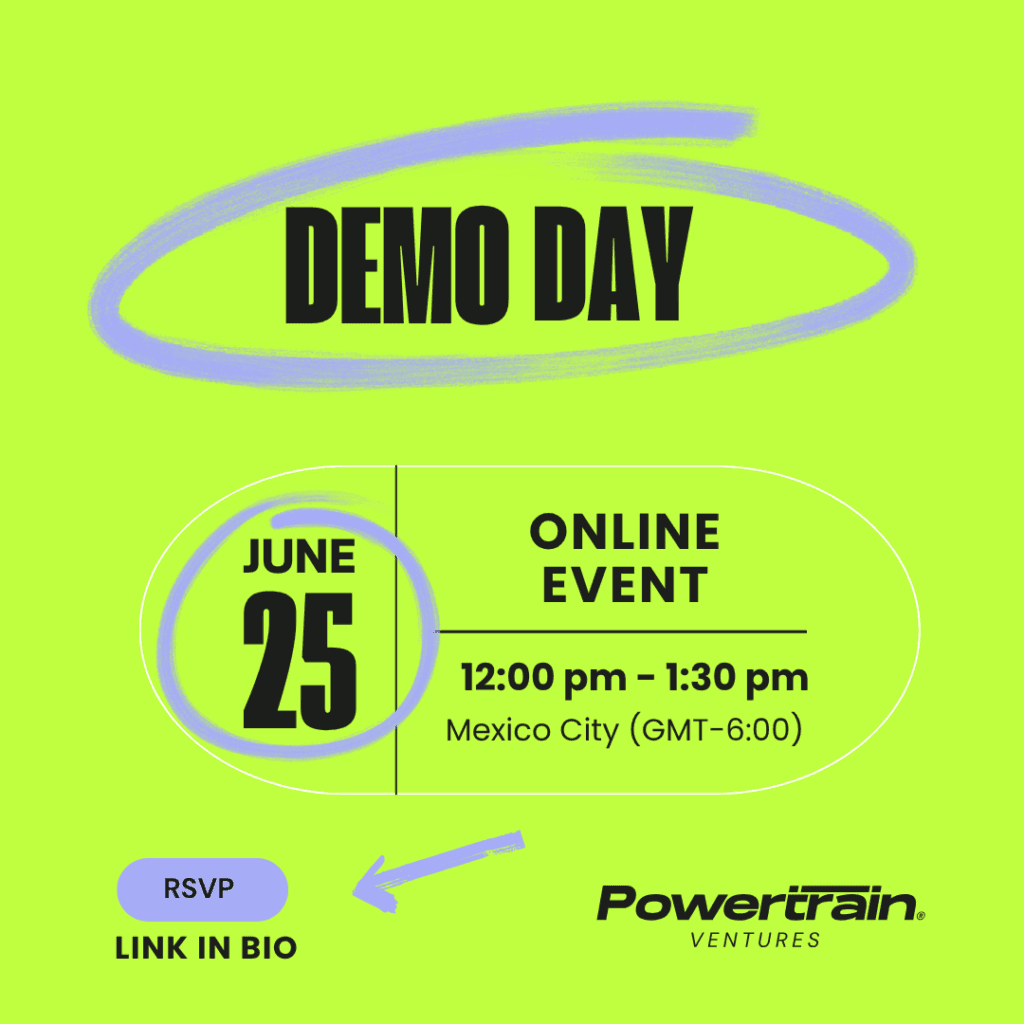A world where production of fruits and vegetables is 22 % below global nutrient requirements. Because of growing issues including water scarcity, land scarcity, and an aging farming population with declining enthusiasm from younger generations, it is no longer possible for farming methods, as we known them until now, to satisfy this demand.
To fill gaps and solve the just mentioned issues from traditional agriculture, there exists now an alternative form, the indoor farming. Because it is well known that, for example indoor vertical farming, can boost crop yields, circumvent land-use restrictions, and even lessen the environmental effect of farming by reducing supply-chain travel distance.
What exactly is Indoor Vertical Farming?
The most straightforward explanation is that indoor farming is a technology where fruits and vegetables are grown indoors. The term vertical describes how the food is grown. In that case, it grows in an upwards direction, one on top of the other, in a well-regulated setting. One of the main reasons is that with this kind of growing you need much less land than you would need for the traditional farming.
All in all, that means that indoor agriculture makes greater use of available space. Moreover, in some configurations, vertical farms are very inimitable, because no soil is needed for plant growth. Instead of the natural sunlight, artificial light is used for the growth of the food. One of the most common light sources is definitely LED lightning.
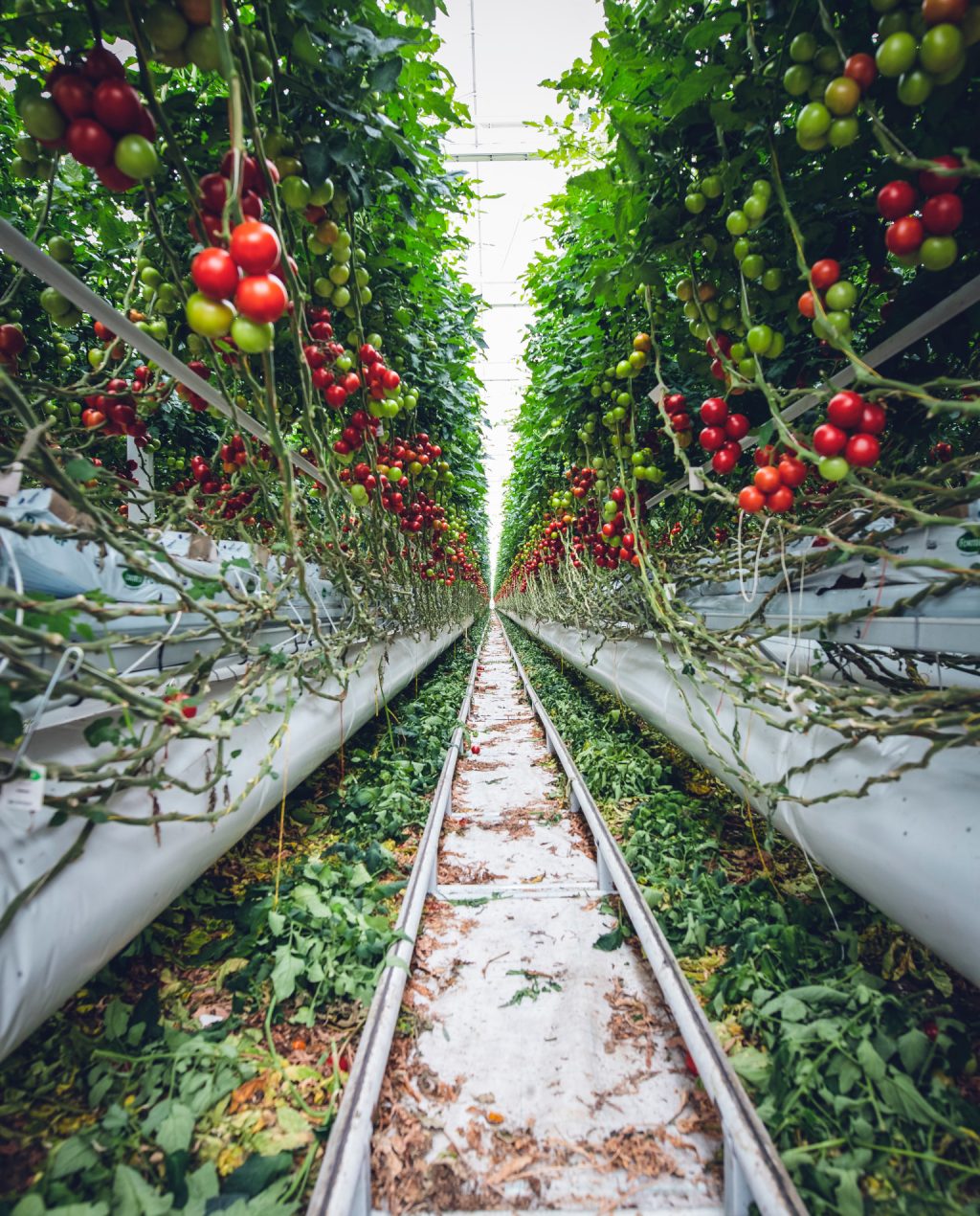
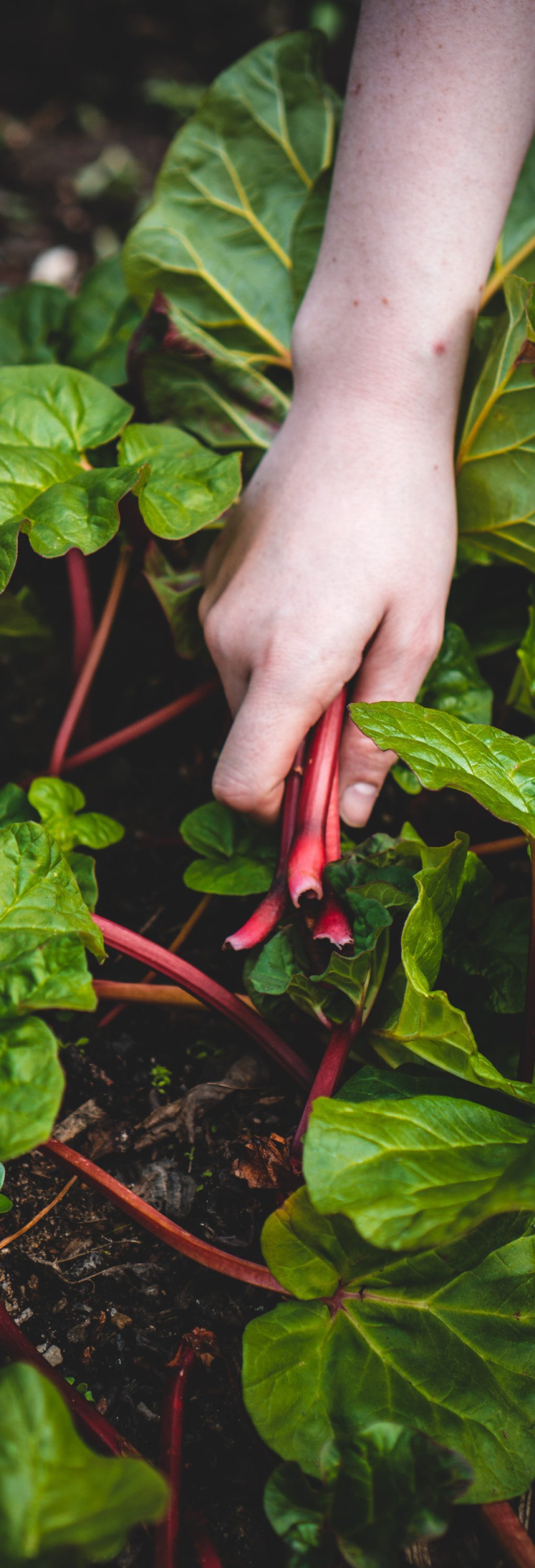
But which food can be grown indoors?
Many may ask themselves now, which types of food are best to grow indoors. Not every kind of food is suitable to be grown indoors, but let me tell you there is definitely more than enough.
Many vegetables and fruits have shown to be remarkably simple to farm indoors, although grains like barley and wheat are still farmed outdoors in vast fields.
According to the National Agricultural Statistics Services, a division of the United States Departement of Agriculture presents the following list of fresh produce, which includes farming indoors: cucumbers, herbs, lettuce, peppers, strawberries or tomatoes.
According to a survey of the North American vertical farming market conducted by Monark Group in September 2016, in addition to the foods already listed, indoor farming frequently produces the following items: seasonal squash, eggplant, cantaloupe, sprouts and microgreens, greens and mushrooms
According to the study, it is also possible to grow a variety of pharmaceutical crops indoors.
Advantages of Indoor Vertical Farming
A whole year of growth
Because you can control everything closely in vertical indoor farms, it’s possible for food to grow 365 days a year 24/7. The reason therefore is, that this type of farming does not depend on weather, temperature or sunlight. Since they use cameras and sensors, it is possible for them to control, as well as optimize the whole growth of the food. This means the change of light, temperature and humidity. To put it simply, there is no climate change in the way of growth here, which is an important starting point, especially thinking of our future.
Better for the environment
First of all, it has to be said, that indoor agriculture makes the impossible possible. Food can grow at places and in regions where it usually never grows. The indoor agriculture can be built close to big cities. And that means transportation of food can be reduced radically. Additionally, the food will get to the consumer much faster and at the same time the carbon footprint on our planet can be reduced by a large amount. To sum it up, indoor farming is environmentally friendly.
Goodbye to pesticides and herbicides
Since the crops are inside a building, and therefor separated from the outside environment, there is less danger of pests, which is why pesticides and herbicides can be omitted. In conclusion, it can be said that the food that is grown in vertical indoor farms is much healthier and safer than in traditional farms.
Energy saving
By drastically lowering water and energy consumption, vertical farms are designed to maximize energy conservation. Some vertical farms take advantage by using, what are called hydroponics, to reduce water usage. That means the growing of plants in nutrient solutions with or without an inert medium (such as soil) to provide mechanical support. According to studies, vertical farms can save up to 70% more water than conventional farms.
Less space needed
Vertical farming makes better use of available areas. As the name suggests, vertical indoor farms grow food vertically. They in particular don’t need a lot of open space to function within. Urban locations with vacant, outdated industrial buildings are an ideal location for indoor agriculture. Urban agriculture may slow down the effects of climate change by allowing farmed land to rewild.
The main challenges for Indoor Vertical Farming
There are voices that assert that vertical indoor farming has quite numerous disadvantages. These include, for instance, start-up costs, high energy use, technological deficiencies, and carbon footprint. However, this does not mean anything, because if you are aware of the disadvantages, the easier it is to fix them.
The main challenges vertical indoor farming start-ups facing today are the following:
The high costs
One of the biggest problems or challenges facing vertical indoor startups are the immensely high costs. Every stage of the vertical farming process, from picking the best facilities to selecting the crops that perform the best, costs a significant sum of money. Moreover, the expense of the equipment adds to the financial strain on many start-ups in vertical farming. The majority of vertical farms require pricey equipment including computers, water lines, shelving units, LED lights, and climate control. As if that were not enough, energy and labor costs are added, and with that the ongoing electricity bills follow.
Only a limited number of crops can be grown economically
Robert Colangelo, CEO of Green Sense Farms said, “You could pretty much grow anything in an indoor vertical farm. But there are only a few things you can grow commercially and economically viable today.”
For leafy greens, indoor vertical farming may be the way of the future, but greenhouses are ideal for growing tomatoes, peppers, and cucumbers, while field farms are best for growing commodity crops like soybeans, corn, and wheat. So, while indoor farming will not encompass all growing operations, it will play a specific role in the future of farming. To simplify it, although not all growing activities will be conducted indoors, indoor farming does play a specific function in the future of farming.
The complexity of lightning
It is important to know, that depending on where they are in their growth cycle, plants respond differently to various light and color spectrums. Most of the vertical indoor farms use LED lightning, and it comes near, that the best approach to simulate natural sunshine may not yet be LED lights. According to urban agriculture proponent Erico Mattos, because various crops have varying optimal photosynthetic thresholds, plants can waste up to 80% of the energy supplied to them. For instance, for maximum photosynthesis, a sweet potato plant only requires 64% of the light energy produced by an LED light. Sweet potatoes grown indoors lose 36% of the light energy supplied if the light output is not adjustable. This is light that was purchased but was not utilized. This light energy waste by the plants has no effect on a farmer’s expenses in traditional outdoor or greenhouse farming with the benefit of free sunlight.
Food safety
Many are under the belief that the food is 100% safe in indoor farms. However, this is a myth. It happens that despite the isolation from the outside environment, the food falls victim to insects and pests. In indoor growing conditions, particularly in horizontal plane vertical warehouse farming, fungal disease and mildew are frequent.
Investments and numbers
According to the recent CropLife article the Crunchbase data shows, that 193 AgTech startups raised $2.78 billion in total during the previous quarter. From quarter 1 2022, this reflects a 27% decline in investment and a 21% decline in agreements.
The numbers of the controlled environment agriculture show the growth from quarter one to quarter two. While in the second quarter there were 25% of the dollars invested, in quarter one there were only 17% of the dollars invested. That means, controlled environment agriculture could maintain the level of $673M to $686M.
In comparison to that, the alternative protein showed a decrease from 27% in quarter one to 19% in quarter two.
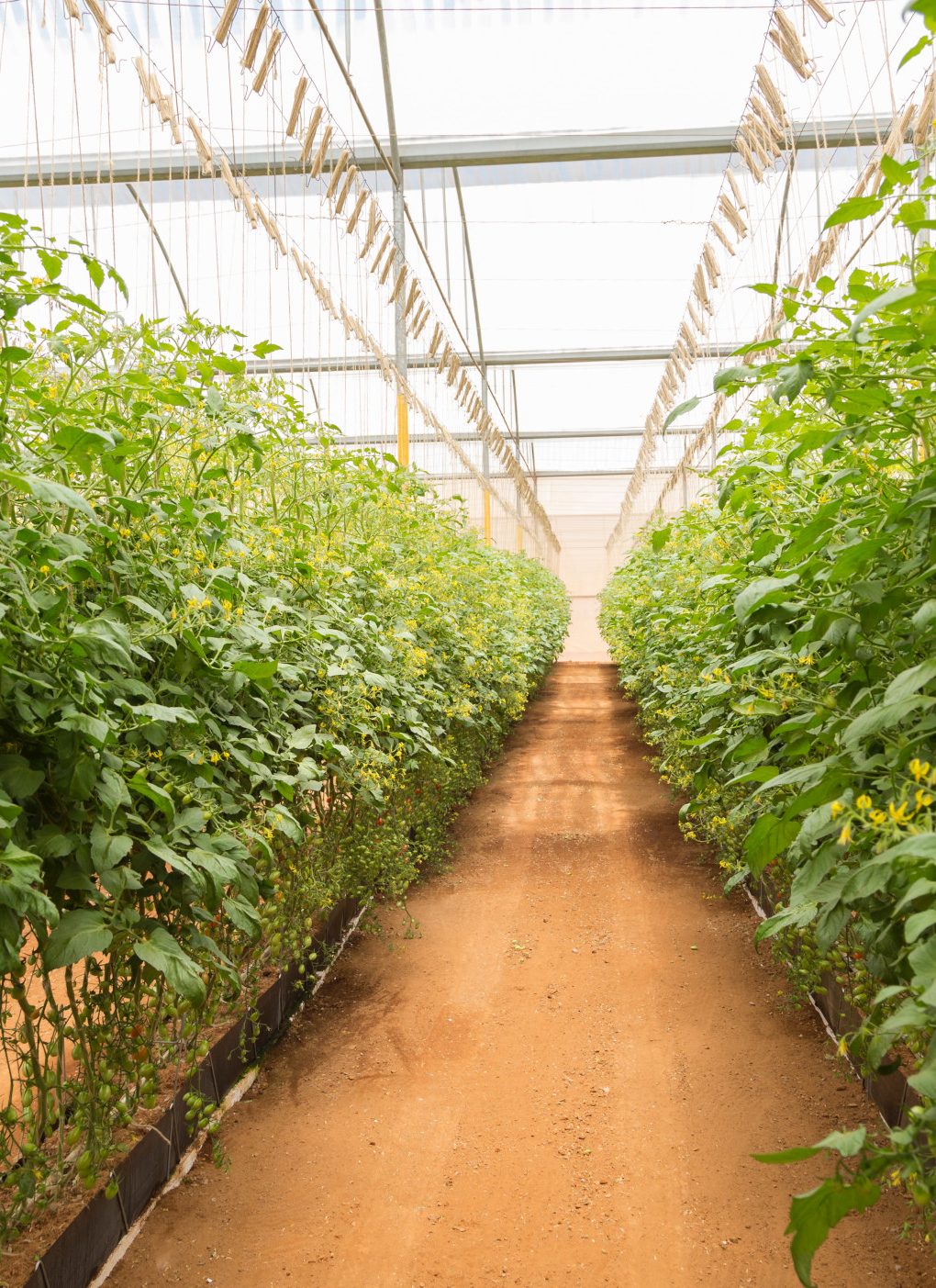
Some of the top vertical farming industries
Futurae Farms – US
The goal of this company is to grow more produce on the same area of land that is used for traditional farming while using 70% – 90% less water. Furthermore, Yaheya Heikal and Erin James – co-founders of Futurae Farms, want the food to taste as well as, if not better than, produce from a typical grocery store in terms of accessibility, freshness, and nutrition.
Cubic Farms – Canada
The Cubic Farm believes that they need to grow what they eat where they live. Their CubicFarm System farming technology is automated, modular, onsite and indoors.
By maximizing cubic space, our special patented Crop MotionTM technology gives plants an equivalent of an outside growing environment indoors. Using less space, water, energy, and labor, our Crop MotionTM system efficiently moves hundreds of trays along a crop-growing route every 90 minutes.
AeroFarms – United Arab Emirates
David Rosenberg, Co-Founder and CEO of AeroFarms comments: “Our mission is to grow the best plants possible for the betterment of humanity, and this new cutting-edge R&D facility leverages our agriculture expertise and science-driven roots. We will be conducting leading research in plant science, vertical farming, and automation, accelerating innovation cycles and commercializing a diverse range of products. We will be partnering with major international companies, local universities, and AgTech startups to help solve some of the most pressing agriculture needs of our time, and AeroFarms is proud to play a pivotal role to helping establish the Emirate of Abu Dhabi as a global hub for AgTech innovation.”
More well-known vertical indoor companies are for example the InFarm which is placed in Germany, the Spread in Japan, the Farm66 in Hong Kong and many more located all over the world.
City of Greens is now working with Powertrain Ventures
Now you got a pretty good idea what indoor vertical farming is. Compared to the traditional farming, indoor vertical farming is a more industrialized method of production, with more control. Especially in the near future it’s supposed to help our planet in a good way. Unique approaches to feeding a growing global population with less resources are offered from indoor vertical farming to the people.
The man behind the Vertical Farm City of Greens
Juan Limon, a biotechnology engineer from Tecnológico of Monterrey, entrepreneur and founder of City of Greens.
Juan Limon and his team are following the idea and the intention to make our world a greener more livable planet for everyone. After 5-7 prototypes and an MVP, Juan and his team managed to produce the world’s most economical functional vertical farming system. Capable of producing hundreds of vegetables in record time, 5% of the water normally needed by plants in traditional fields, zero pesticides and real time monitoring software. All this in 2 years of research and development during the pandemic.
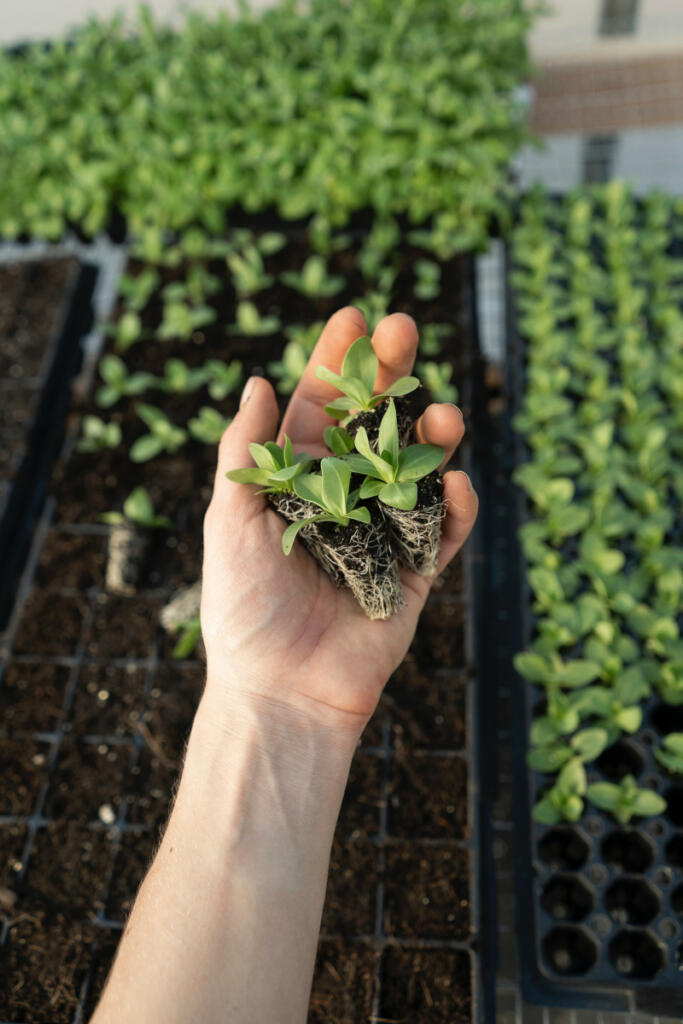
How does the special design of Juan Limon’s vertical indoor farm look like?
Because of their particular design, they don’t need much space in everyone’s home and give you a better view of your space. Unnecessary to mention, that the use is easy for every person. Vegetables can be grown in the contemporary city of Greens tower since it doesn’t need soil, is simple to use and maintain. Slim and effective, compared to a soil-based system, it saves a lot more water.
Another special and unique characteristic that represents Juan Limon’s idea is that the plants and the food are produced without soil or pesticides. They are created in the best possible environments to ensure the quality of their growth. Moreover, they can be created in incredibly clean environments thanks to the high-tech technologies used in modern manufacturing. And this definitely has a big value. Last but not least, his technologies reduce the negative effects on the environment by conserving water and virtually completely eliminating fertilizer waste.
Interview with the founder of City of Greens, Juan Limon
How did you get the idea of starting a vertical indoor farm?
So, I went to South Korea as an exchange student. I have a bachelors science in biotechnology engineering. I went to Asia because I wanted to study there. And that was the first time I saw the whole vertical system. And as soon as I saw this idea, I knew I want to do something with food technology. I saw the future situation from the reports of the united nation and from other international organizations about food security and I found myself on a journey of finding what I wanted to do, in order to solve that problem. So, when I saw this technology, used mainly in japan, I came back to Mexico and I decided to bring the systems. This technology should lead to zero hunger and I want to use the water in a very smart and officiant way.
What is the contribution to the community?
We have a couple of goals. The first one is, we use around 20 to 50 times less water than traditional agriculture. Secondly, we produce in hourly time or less. Thirdly, we produce year round. It doesn’t matter how the conditions outside look like. We can even produce when it’s winter, summer. Any season of the year we can keep providing food to our community. Last but not least, we want to bring it to local consumption. We are trying to taggle together all the distance that it takes for a vegetable to travel from the field to your plate.
Why are you doing what you are doing?
I am doing this for two reasons. The first reason is, that I want to give food to the people. I don’t want to sell junk food or fast food. I want to sell high quality food to the people, because there is going to be food hunger and I want to be there and give food to the people.
The second reason is, that I want to give job to the people. And that is also the main reason why I am doing this in Latin America, especially here in Mexico.
Who do you see as your biggest competitor and why?
In Mexico I am pretty sure I have no competitors. All the other companies and start-ups, my competitors develop it to sell it. But I can see, what they can’t see, and that is how difficult it is to find a market. It is very hard to sell this system in Mexico, in Latin America in general. And that’s mainly because of the extremely high price stock. My competitors have/ had way more time than me on the industry. But to be honest, I don’t really think about my competitors. I have them on the radar, but it’s nothing that I am focusing right now. I am focusing on myself and on bringing this project to life. The best I can do is to give all of my energy into what it is worth. And that is my project.
What challenges has the company faced in the last few years? What challenges do you anticipate in the coming years?
I think every single entrepreneur would tell you the same: money. It has always been a problem. You need money to make your product in order to sell it. The money is a bump on the road and also the time it takes to be developed. It took me more than two years to just develop the machine/ the system. So, I think my biggest challenge is that its biotechnology. Since its biotechnology, it’s very hard to penetrate that part. It’s extremely hard, because you need a lot of cashflow in order to survive just to make the test, the samples. Just to make a very little amount of produce, not even competitive with the market. Always looking for opportunities, looking for brands, or donations, looking for contributions. And I think that’s the biggest challenge we have since the past.
What challenges do I see on the future? – Finding the right product for your market. But as soon as I find the market, I think the financial parts are easy, because once you have someone who buys your product, you will get money. So, I think the upcoming challenges for the future is to find a market. Especially when vegetables are so cheap in Latin America. I have been in Europe, in Asia, in Tokyo and the United States, and the fruits and vegetables are very expensive. And that’s also one of the biggest challenges. Another challenge that comes along is, that we have to go abroad and try to sell my technology to foreign countries. Because the big market is outside of Latin America, like in the United States. I live in Monterrey, two hours away from Texas, so the market is very close to me. I think for the beginning, for the next two years I will try to go abroad. But never leaving my country in the social aspect. Try to help my community, the city that I live in. I always will try to help my community in any kind of way. And even though I go abroad, I will still have my system developed in Mexico.
All the technology all the vegan or vegetarian burgers are super expensive here, and I want to do something about it.
What changes or innovations in the industry are you most excited about?
I am really excited about the lower price of LED lightning. Since we use a lot of light features, especially the LED technology. And they are quite expensive right now. In the next few years, I see the downfall prices of the lightning spectrum that the plants need to grow because we don’t use the sun. Let me tell you that one of the most expensive items on this technology is definitely the lightning. And now, the lightning is getting cheaper every year, every month and I am really excited about that.
How do you see your company in five years?
I don’t know how big the CITY OF GREENS will be, but I can tell you for sure, that I am going to help as many people as I can. I want to feed as many people as I can, as my team will be able to. And I am working every day on it. Just to pursue this dream of feeding. Many entrepreneurs are focusing so much on the amount of facilities they have over a few years, but for me it’s not about the number. I pursue the impact I will have. Because the thing that is important for me is that I can help my community and I want to have a medium or big impact on societies.
The future
Vertical indoor farming is certainly a big step in the right direction for our future. The interview with Juan Limón made me realize what vertical indoor farming can mean for humanity. That is, if the plan works, I believe it is entirely possible to reduce global hunger.
